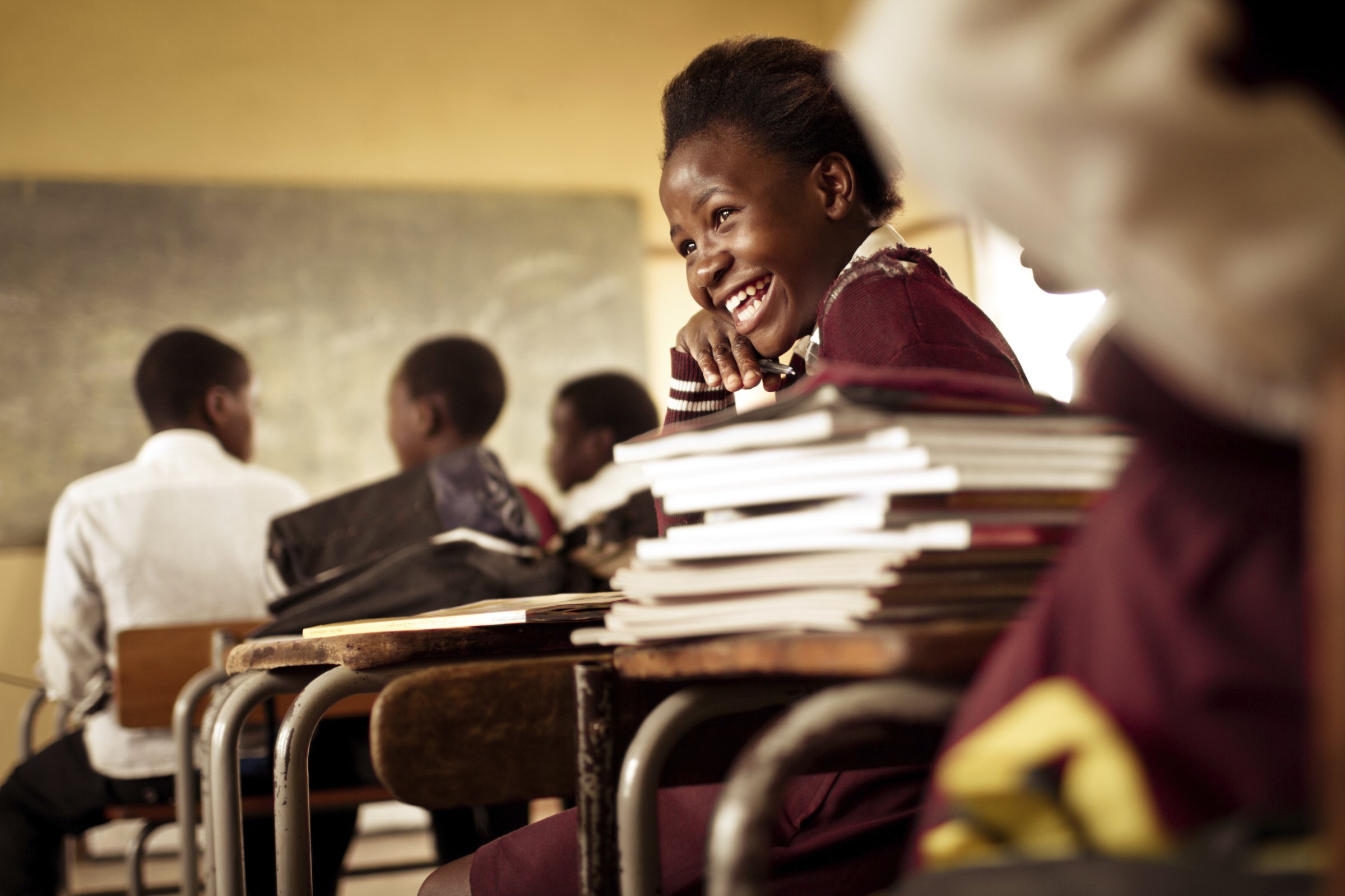
Many girls—especially those in low-income countries—start their periods without a clue as to what’s happening to them.
American parents barely mastered the discomfort of talking about the birds and bees with their kids, but this inadequacy takes on a particular urgency for other parts of the world. Ninety-five percent of girls in Ghana reported missing school because of their period. In Ethiopia, 39% of girls reported poor performance in school during menstruation.
That’s why, for the first time, UNESCO (United Nations Educational, Scientific & Cultural Organization)—in partnership with sanitary product maker Procter & Gamble—is releasing a publication setting out guidelines for puberty education. The goal is to provide developing countries with a framework of programs that promote access to hygiene products for girls, safe sanitation facilities in schools, and better puberty knowledge and skills for both boys and girls beginning at age 10.
There are 650 million primary school-age kids worldwide, although 57 million of them do not attend school. Still, that leaves nearly 600 million kids that can be reached through school-based programs. And that’s where boys and girls should be set on a path of positive sexual health and relationships, body image, and gender equality, UNESCO argues.
“[Primary school] is where we have school dropouts of girls, [which leads to] early marriages and pregnancies,” says Irina Bokova, the director-general of UNESCO. “Keeping girls in school is the most important investment we can make as a development community.”
Puberty education is also an important factor in breaking down gender roles. Menstruation is typically regarded as something young woman need to handle, and privately. Male puberty, on the other hand, is viewed as the beginning of sexual desire and “power” to be enjoyed, says UNESCO. This biological view of puberty also confines women to the role of mothers. If, instead, puberty education talked about pleasure as a normal part of what both boys and girls will experience, it would expand conceptions beyond reproduction and work towards balancing the issue.
Puberty education might seem a less urgent issue for young women in the developing world. After all, they face much more serious obstacles when it comes to family planning measures, with many getting pregnant too young and dropping out of school. Child marriage is also unfortunately all to common in many countries, causing similar damages to young women’s health and futures. But while birth control remains taboo for many cultures, puberty happens to everyone—boys included.
“A lot of countries haven’t stepped up to the plate as much as they should,” says Christopher Castle, UNESCO’s chief of HIV and Health Education. “We need Ministers of Education to integrate puberty education into primary education.”
Keeping young people—especially girls—in school may be the greatest contribution of quality puberty education. “No one needs persuasion that girls need to be in school anymore. We won that battle,” says Castle. “Now we need to make sure that when they are in school, they’re in a safe environment. Puberty education is important for that and gender equality.”
More Must-Reads From TIME
- The 100 Most Influential People of 2024
- The Revolution of Yulia Navalnaya
- 6 Compliments That Land Every Time
- What's the Deal With the Bitcoin Halving?
- If You're Dating Right Now , You're Brave: Column
- The AI That Could Heal a Divided Internet
- Fallout Is a Brilliant Model for the Future of Video Game Adaptations
- Want Weekly Recs on What to Watch, Read, and More? Sign Up for Worth Your Time
Contact us at letters@time.com